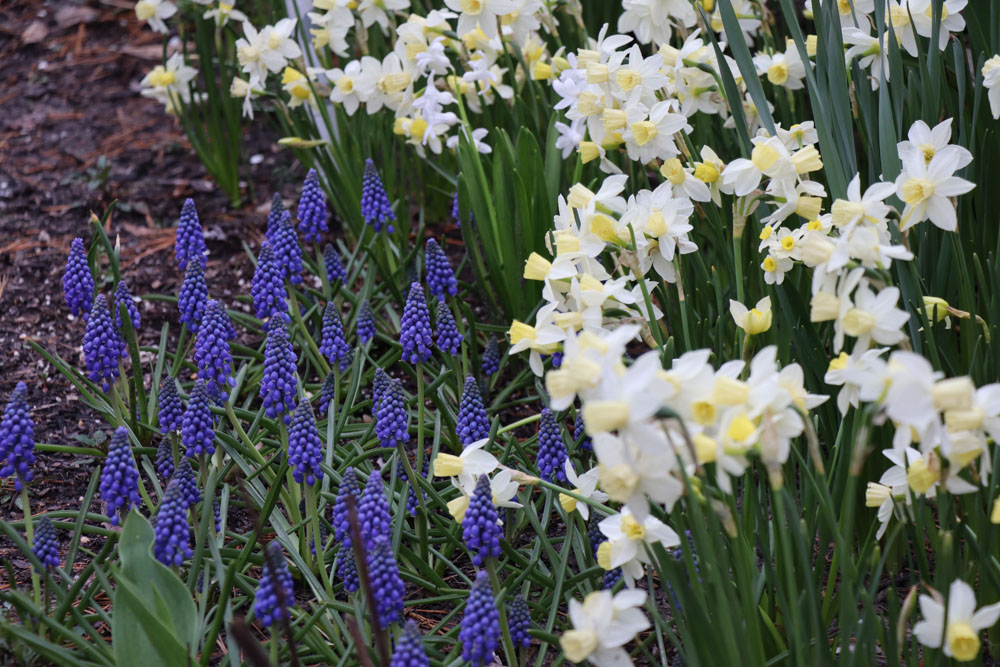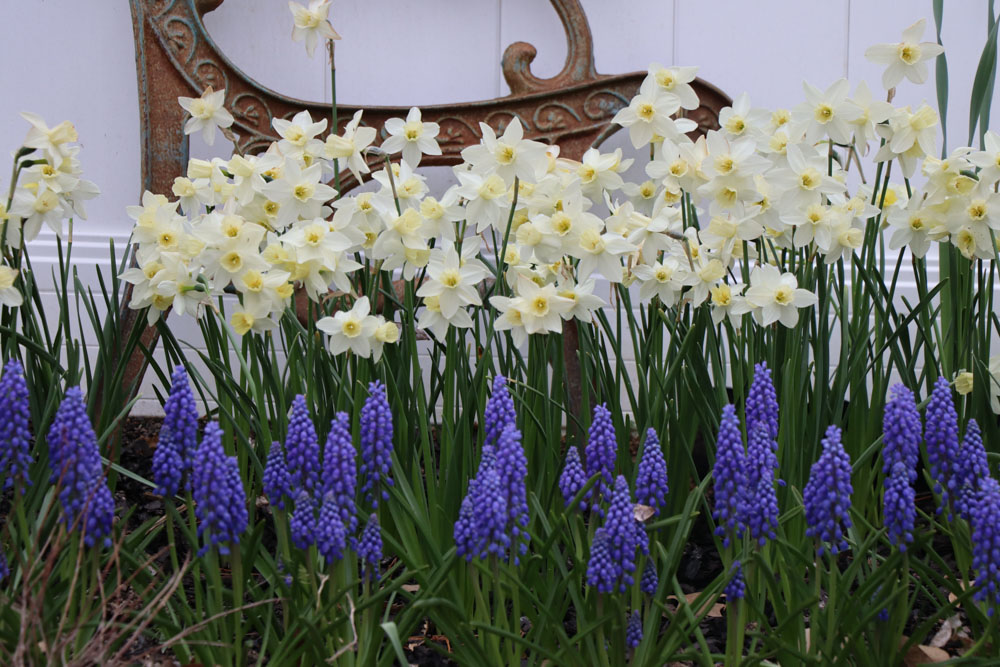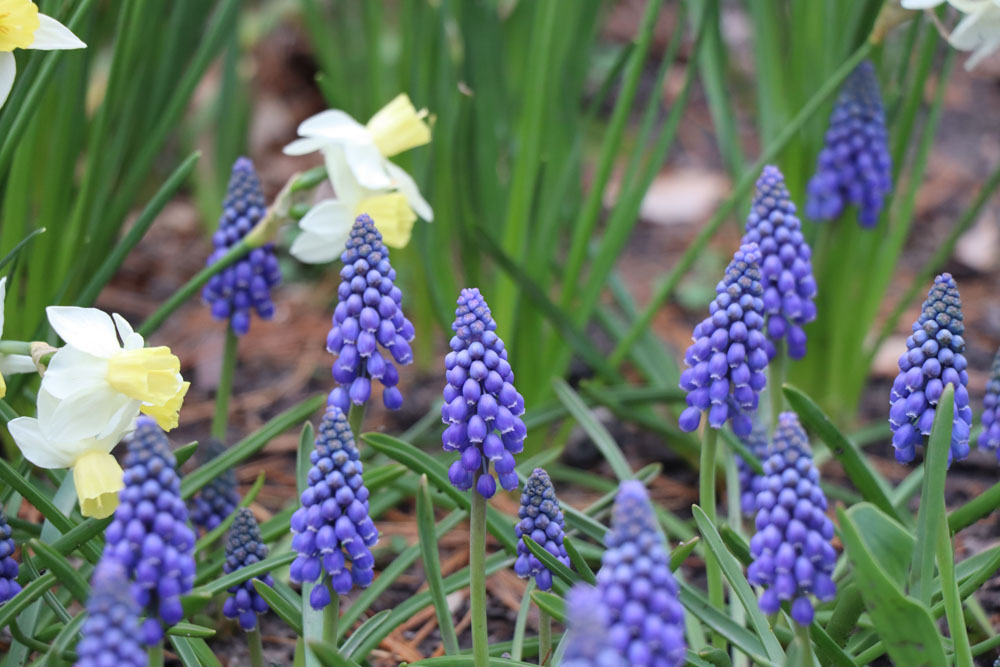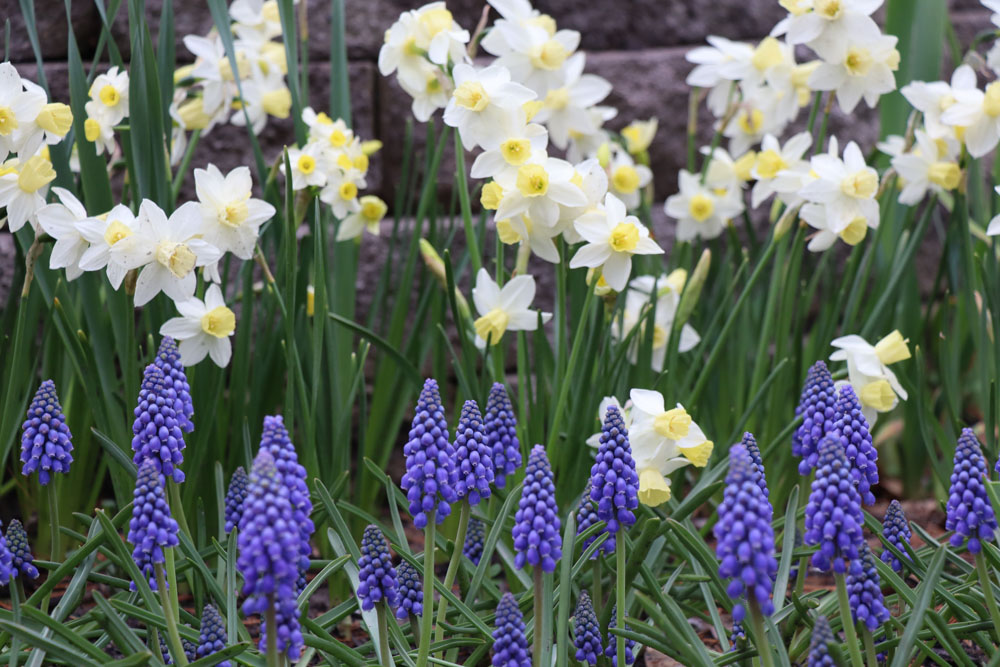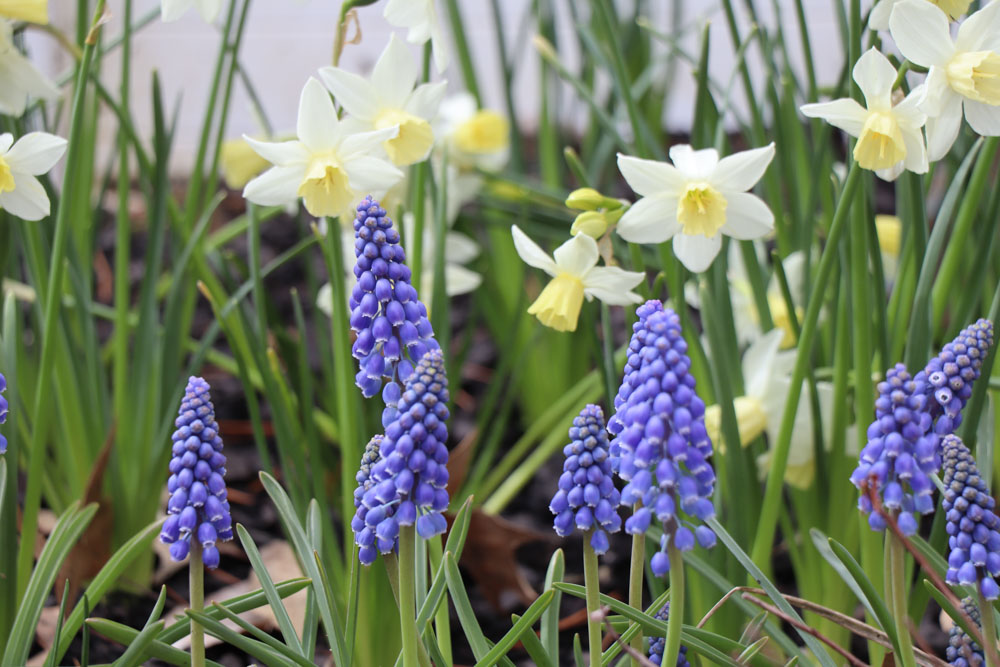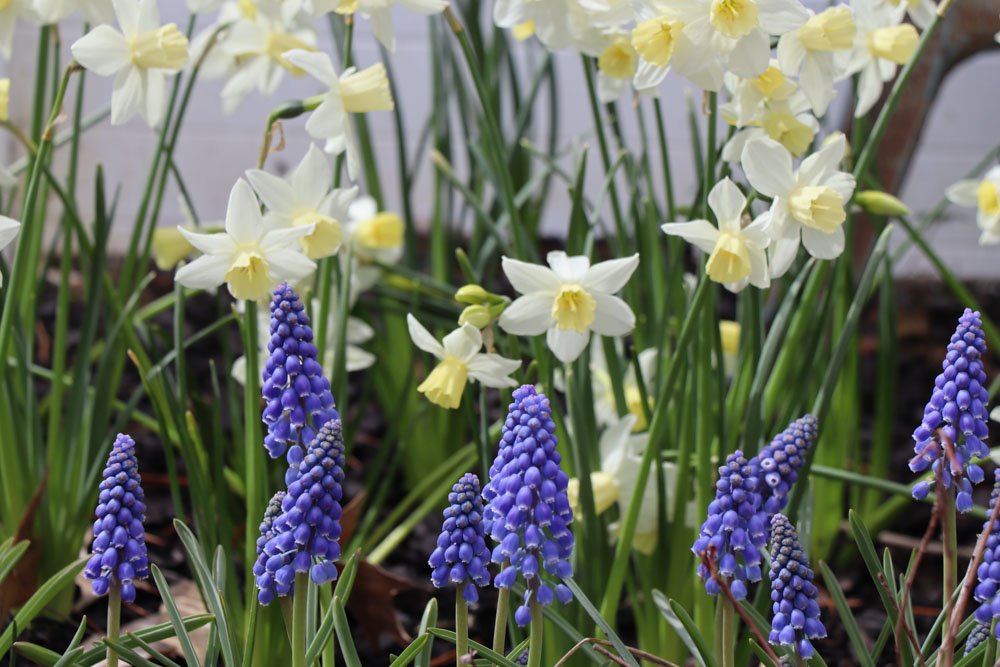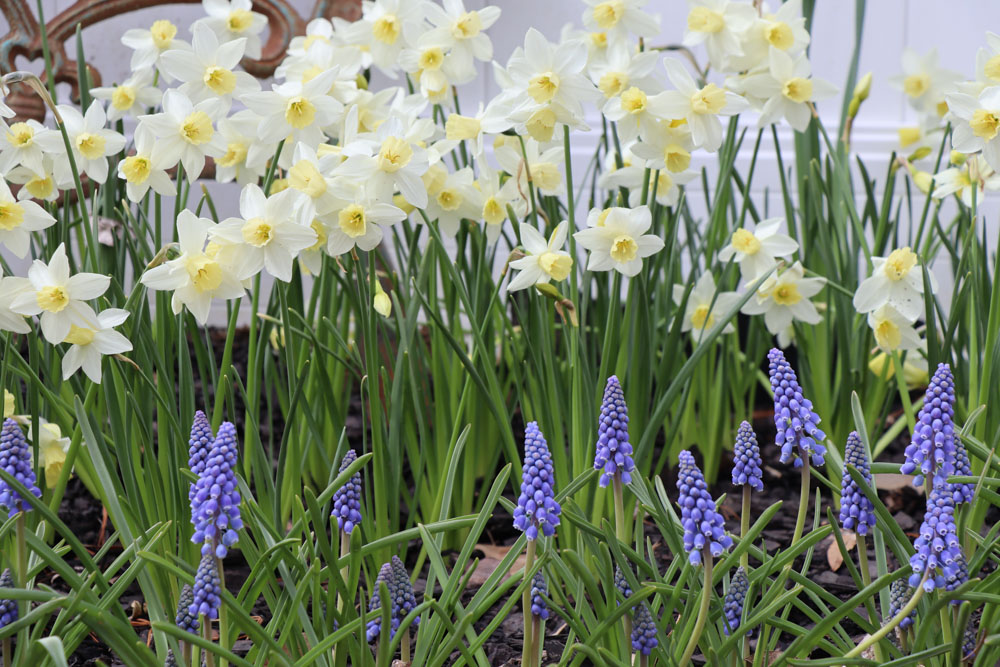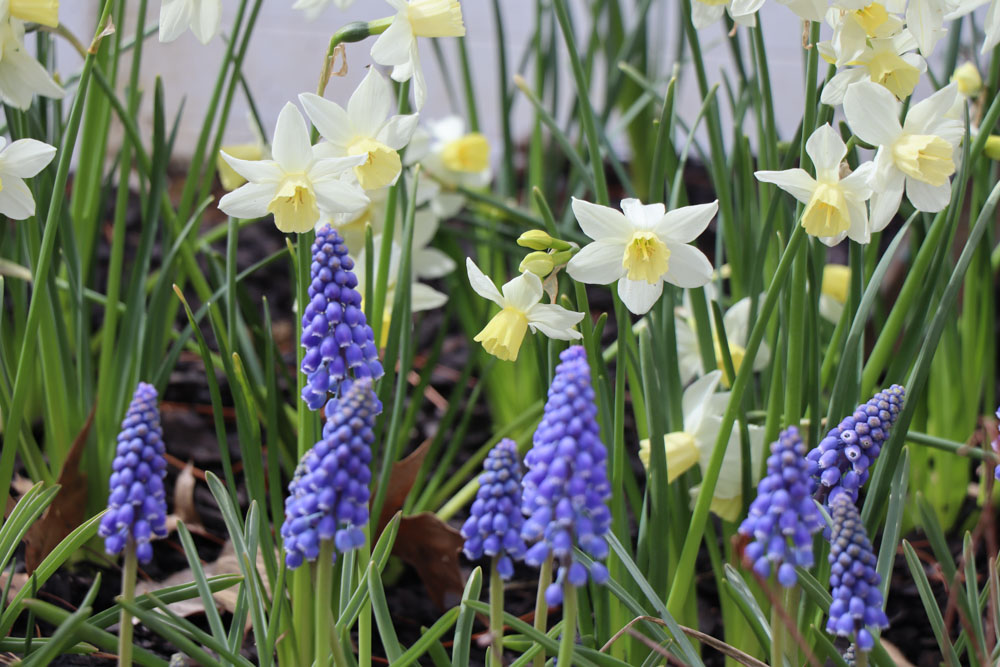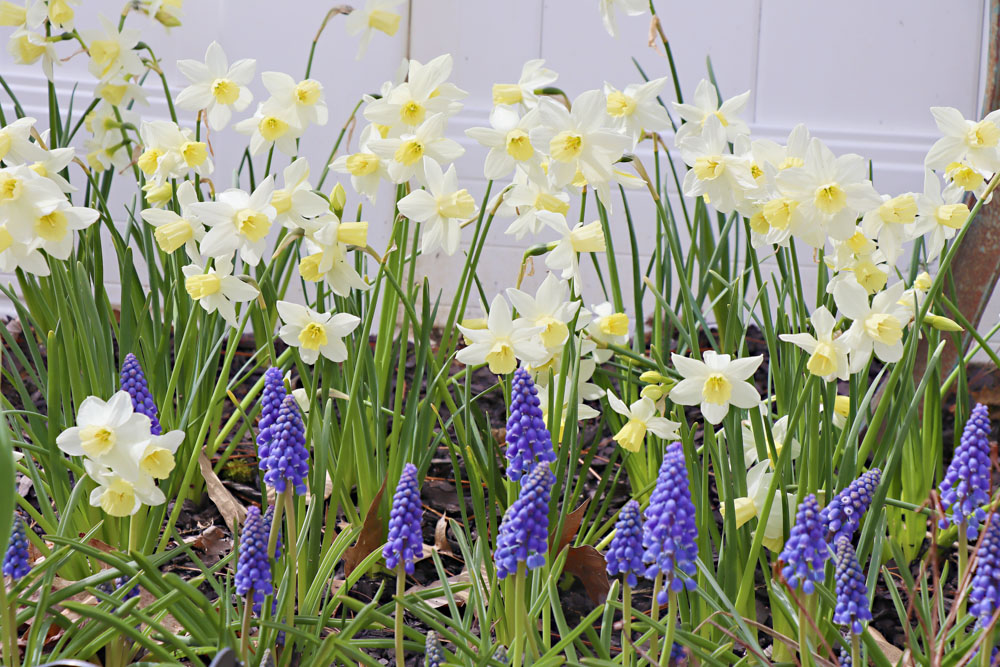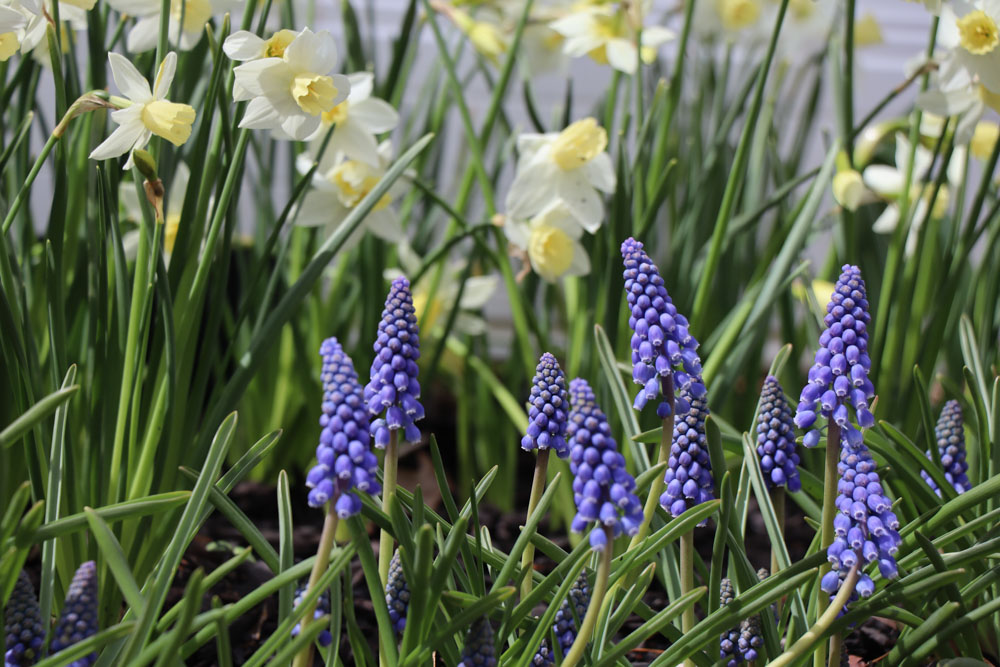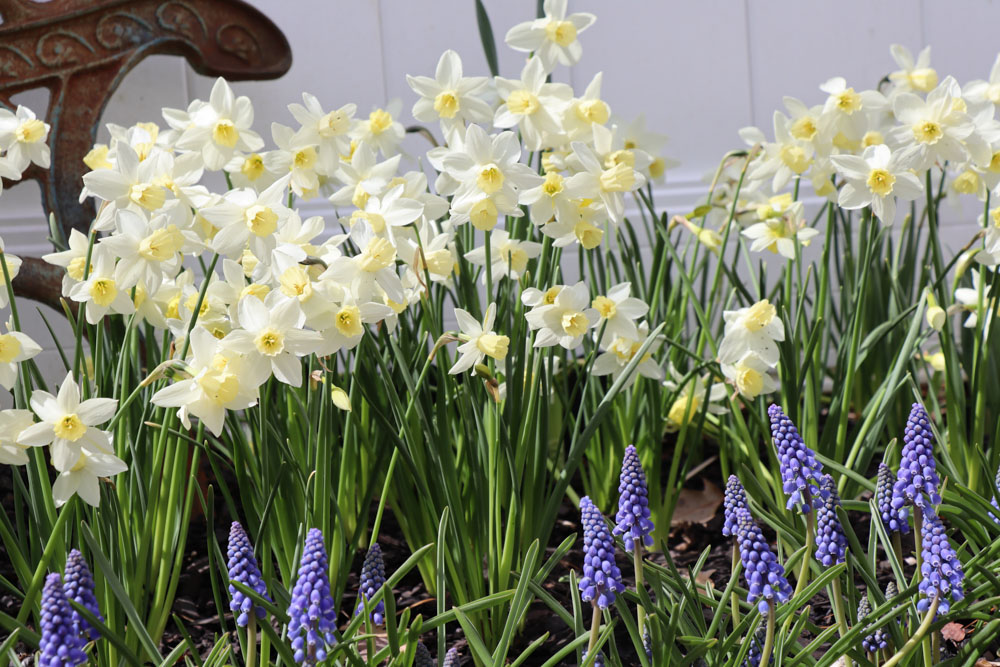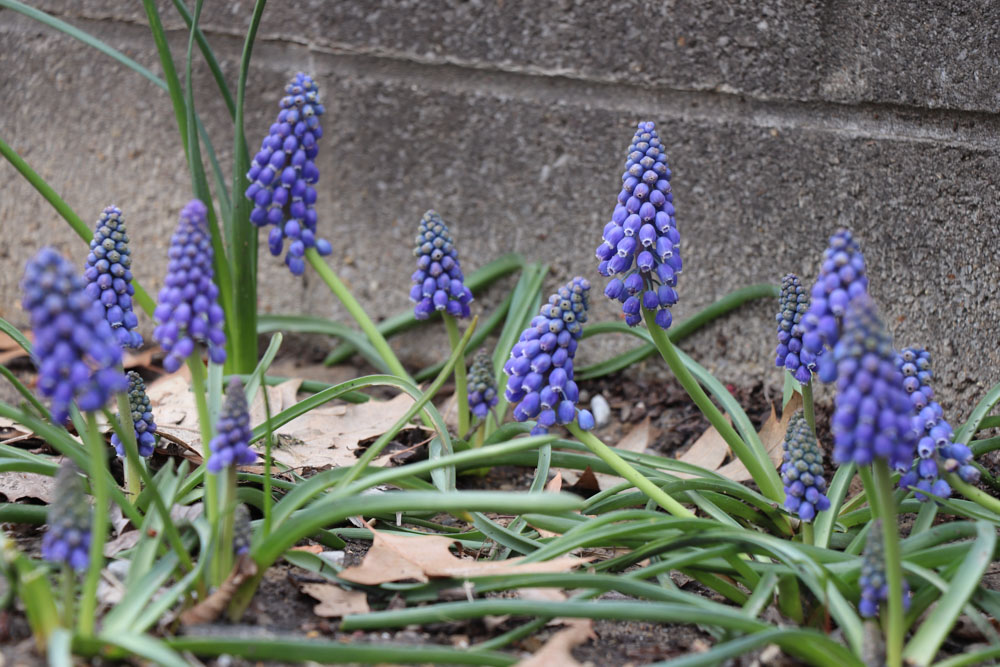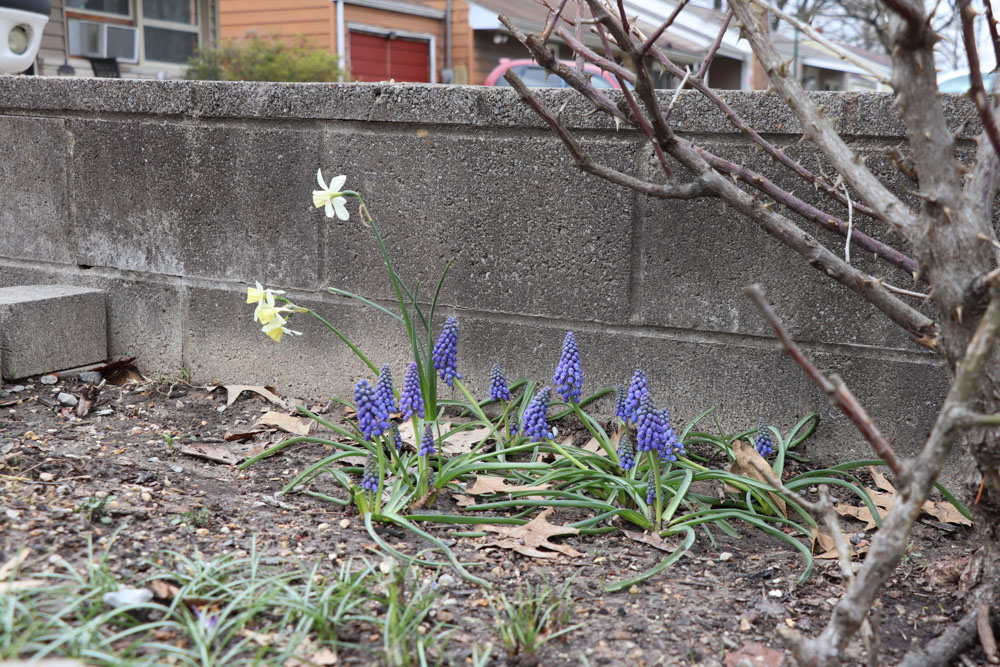My Corner Online
Muscari armeniacum | Grape Hyacinth
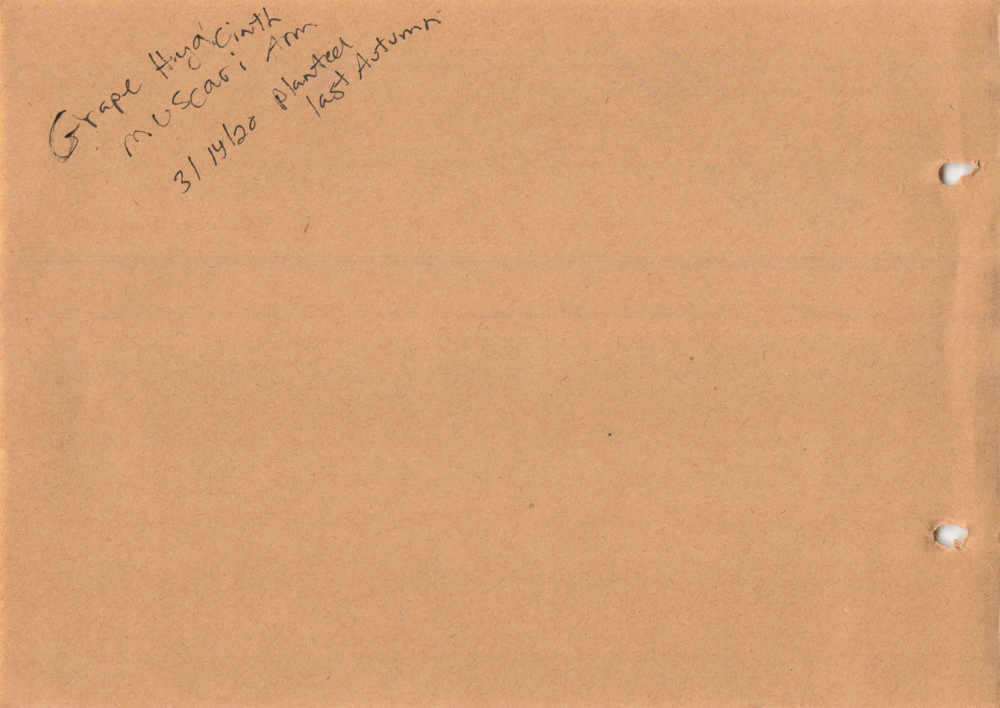
First Bloom dates:
Planted Autumn 2019
2020 March 14
2023 March 26
2024 March 5
Muscari armeniacum | Grape Hyacinth
Asparagaceae (Asparagus Family) (Pronounced ah-spare-a-gay-see-eye)(formerly Hyacinthaceae Family) (subfamily Scilloidea) (formerly of the Liliaceae (Lily Family) (Pronounced Lil-ee-a-see-eye)
Pronounced Mus-care-ee Ahr-men-ee-a-come
Although these flowers look similar to the Hyacinthus genus, they are not a true hyacinth, having their own genus of Muscari.
The name Muscari is from the Greek word for musk, referring to the scent. The name of "grape" is because the flowers look like small clusters of upside-down grapes. The name Armeniacum is from Armenia which is part of the flowers native area.
Unlike the true Hyacinths, Grape Hyacinths are smaller, have floppy (not firm) leaves, and have 4 to 8 flower stems (not just one). Each long, leafless flower stalk comes directly from the root, which is called a scape. Each scape has 20 to 40 individual little bell-shaped florets. The lower florets bloom first and as they wither, the upper ones open up. I love the vibrant purple of these flowers. They are certainly showy.
The foliage dies back into the bulb, just like all Spring bulbs. However, in the Autumn, it begins to grow back. This can be very confusing. In fact, it seems like the flowers are confused by the weather, but that is not the case as this is just what they do. They do self-seed and naturalize an area on their own.
They are not poisonous to animals, generally non-toxic, so they are a great choice around pets. Even so, squirrels do NOT prefer to eat them.
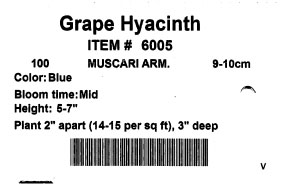
2024
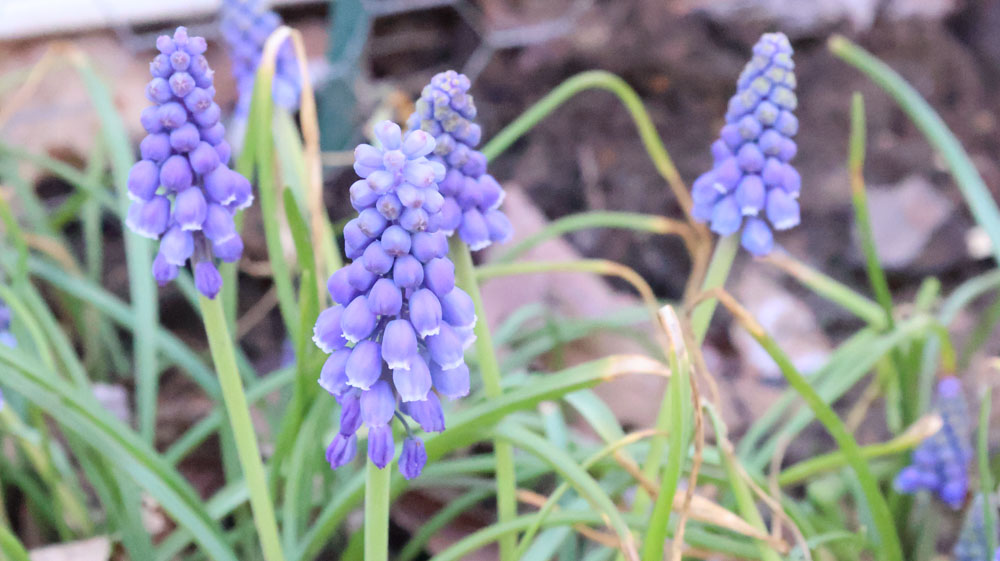
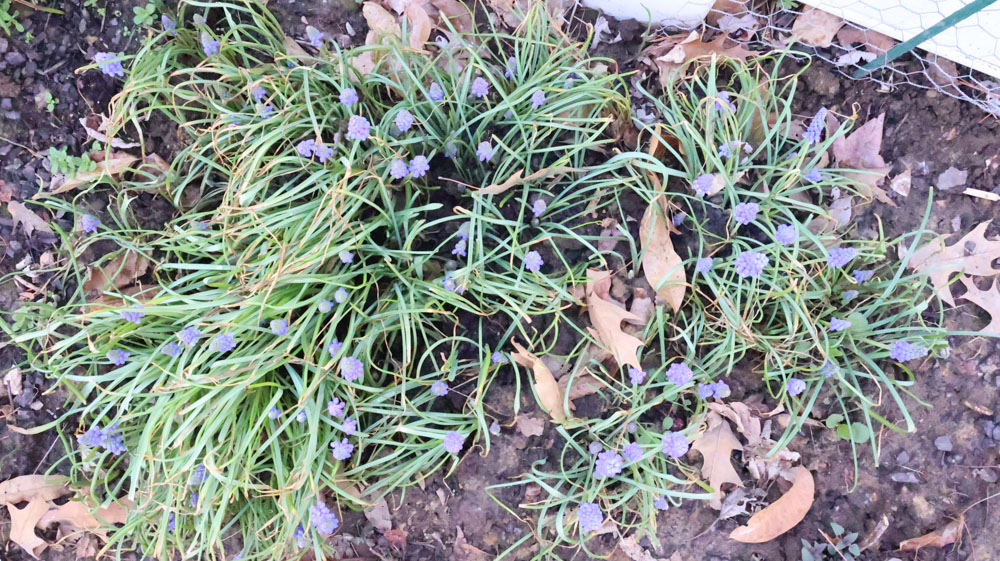
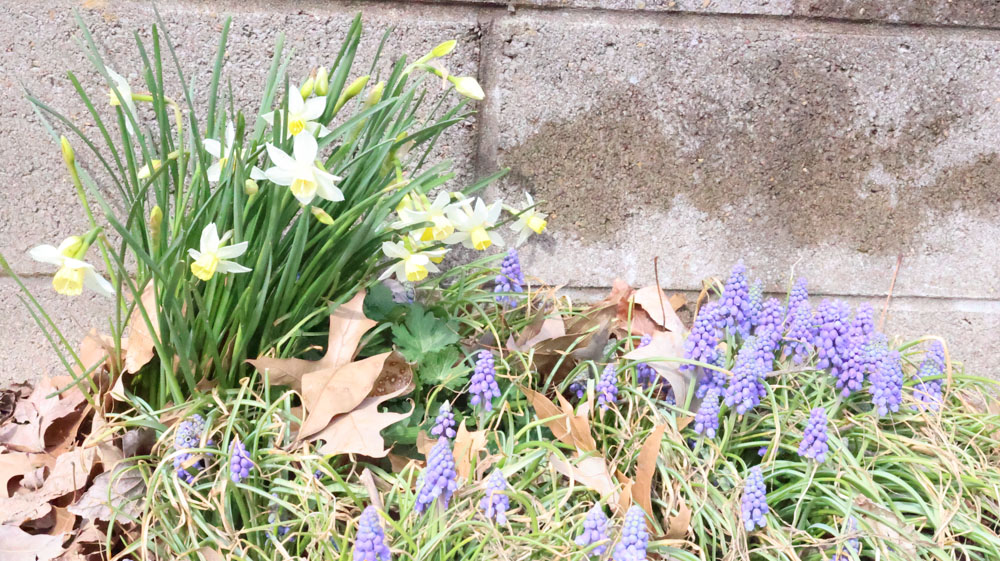
They look great with the Sailboat Daffodils.
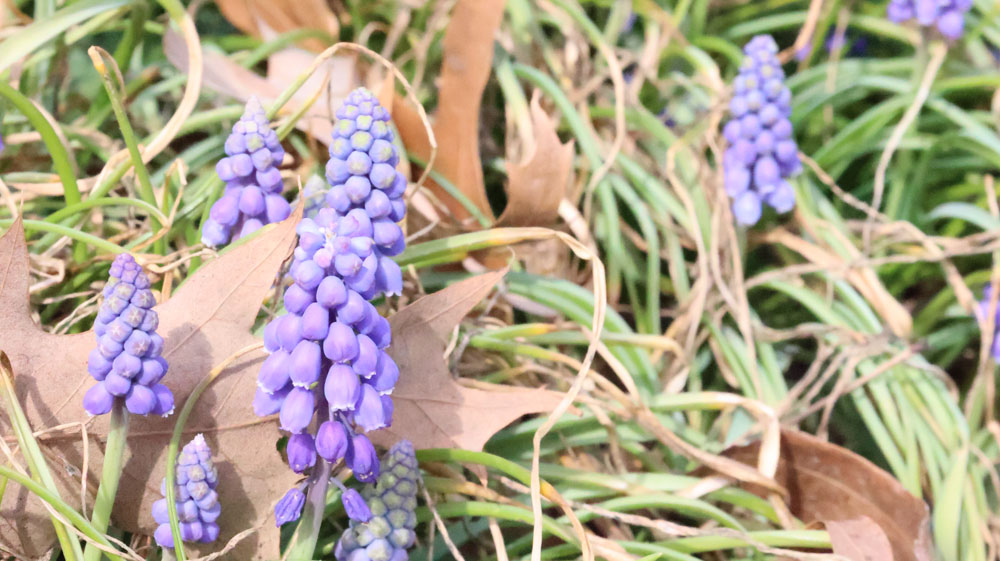
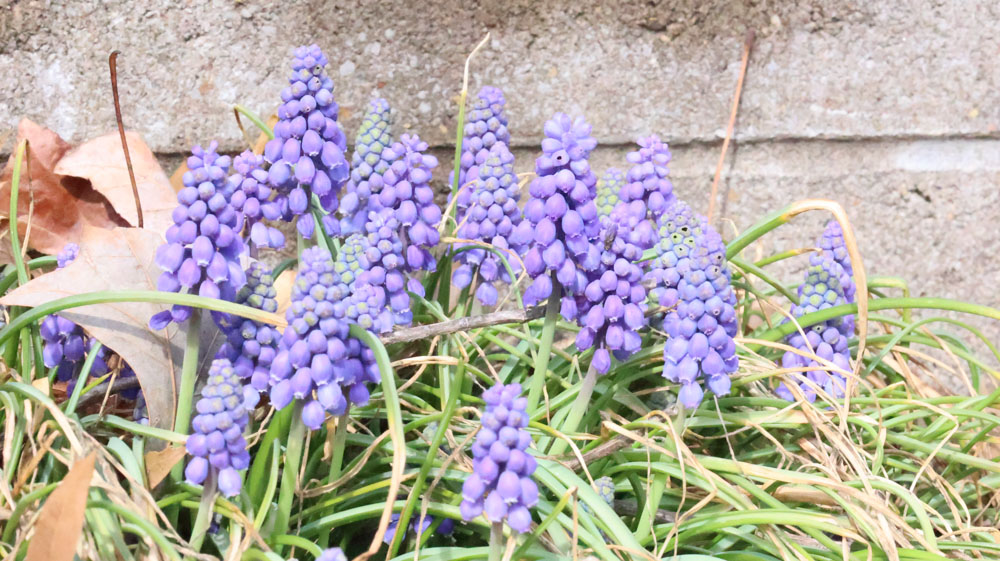
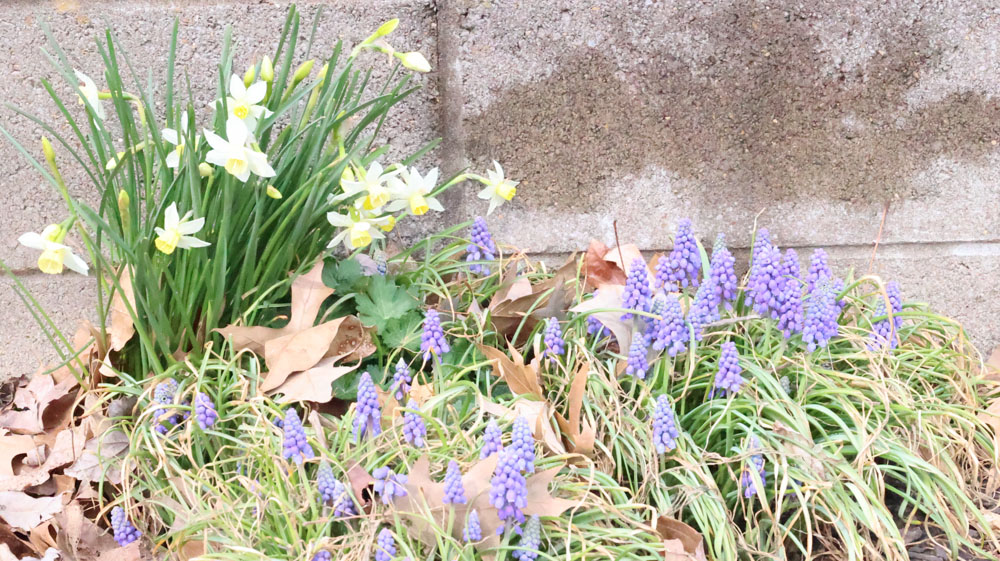
2023
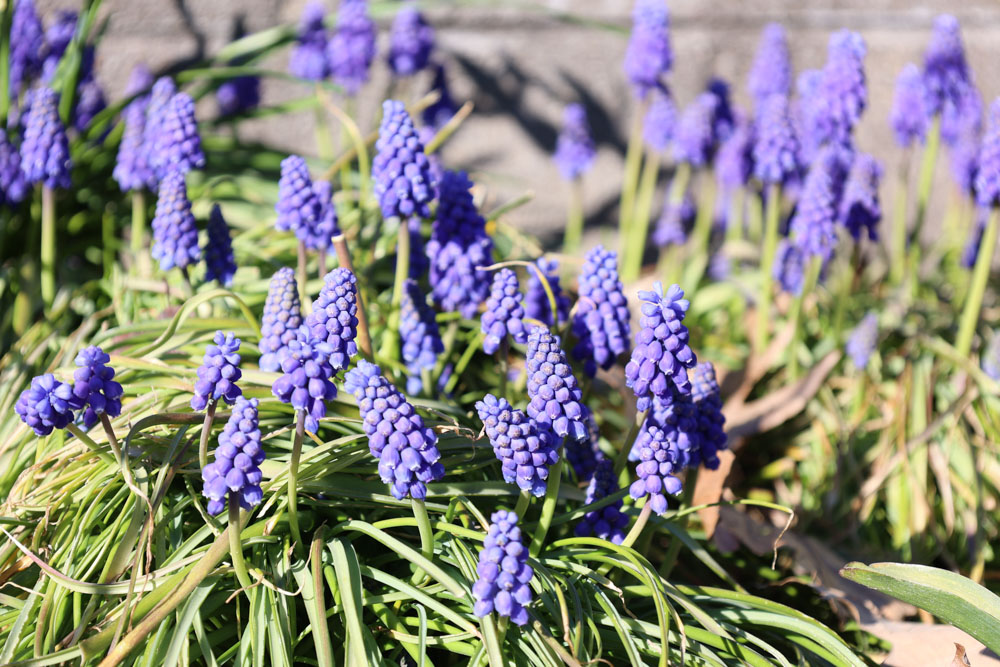
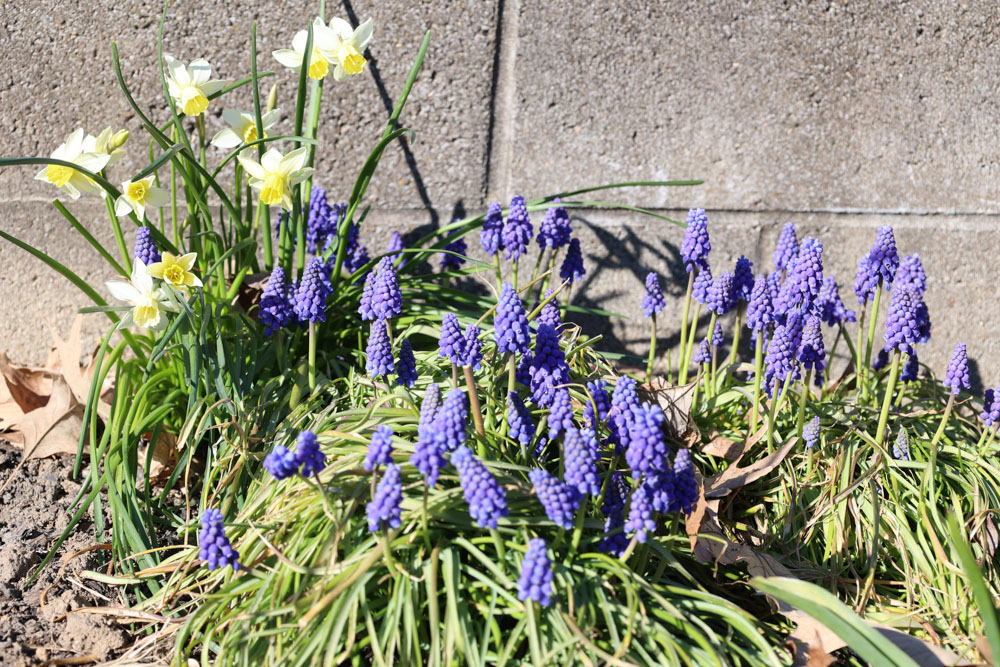
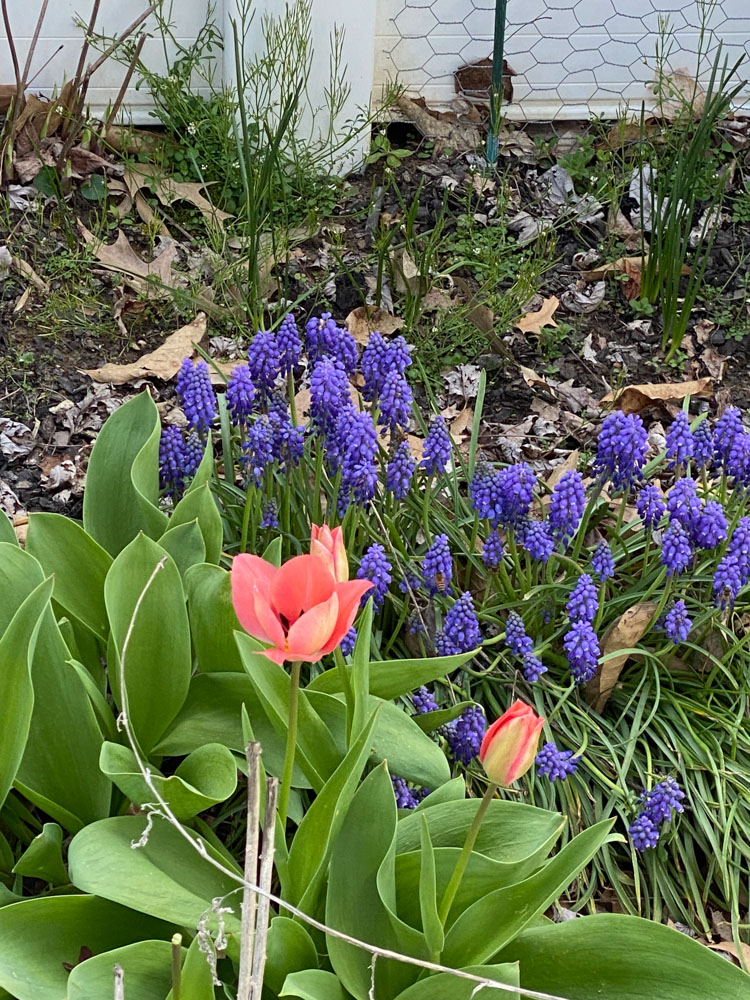
2022
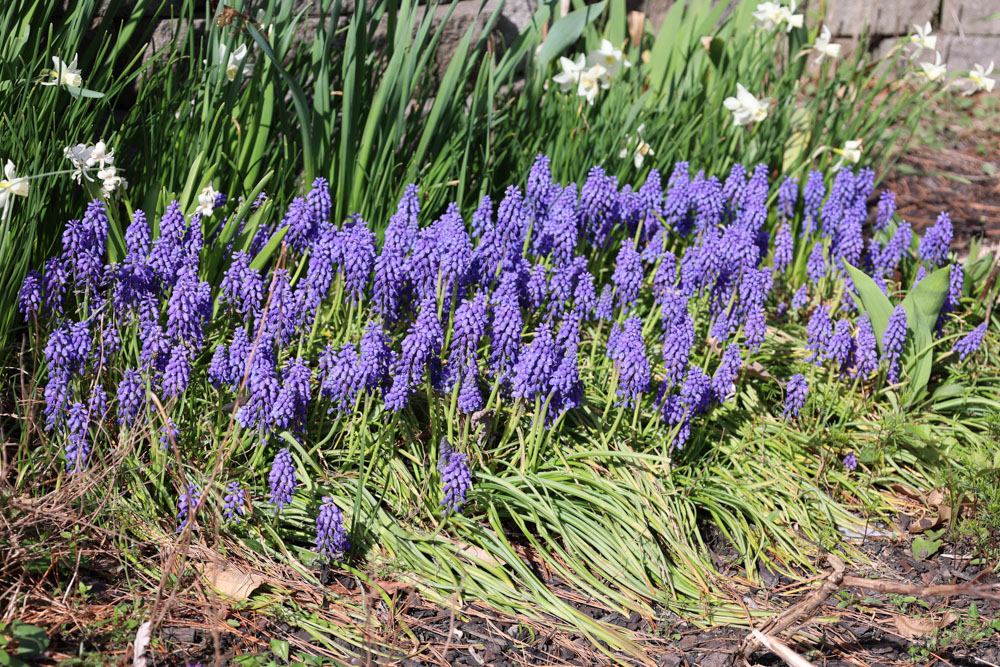
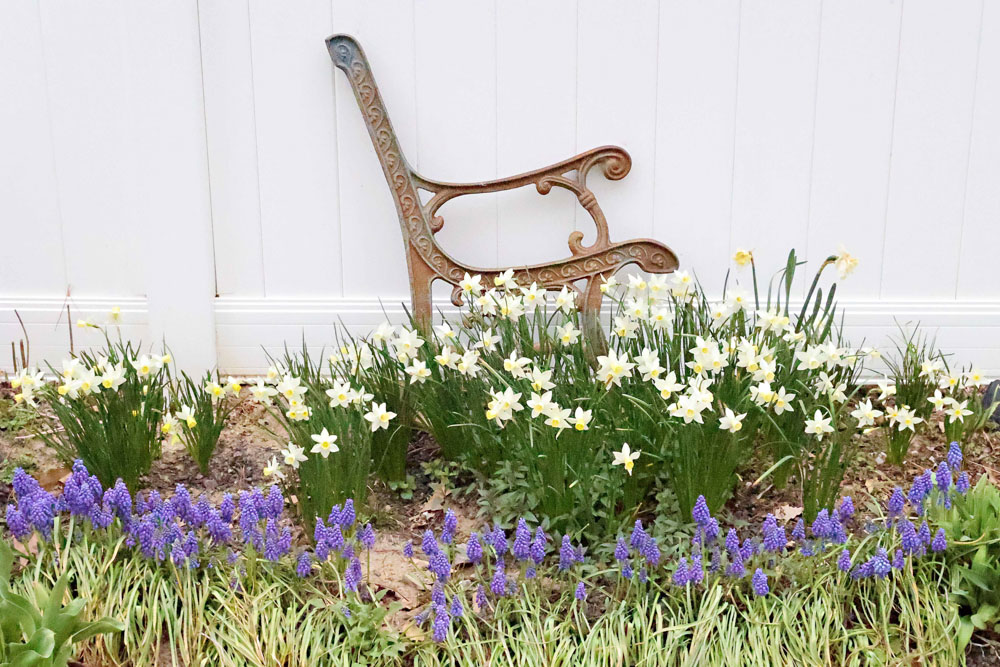
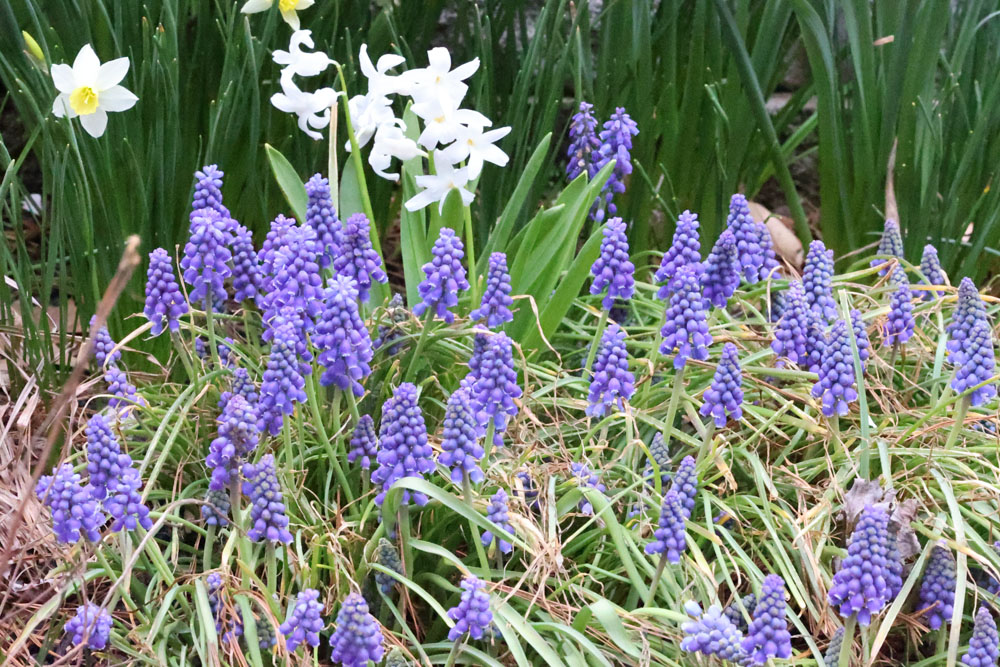
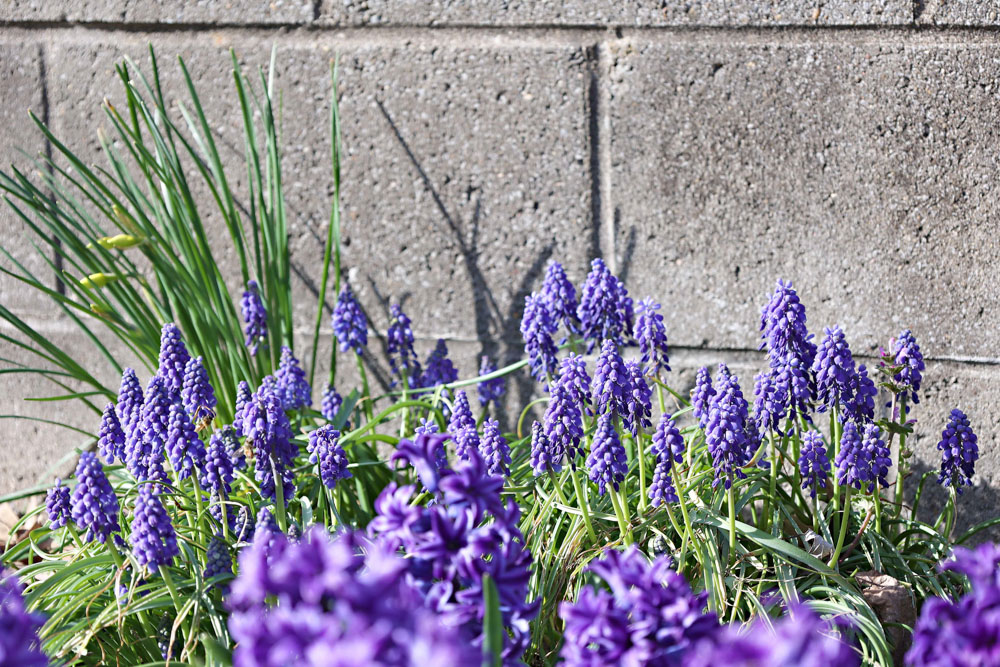
2021
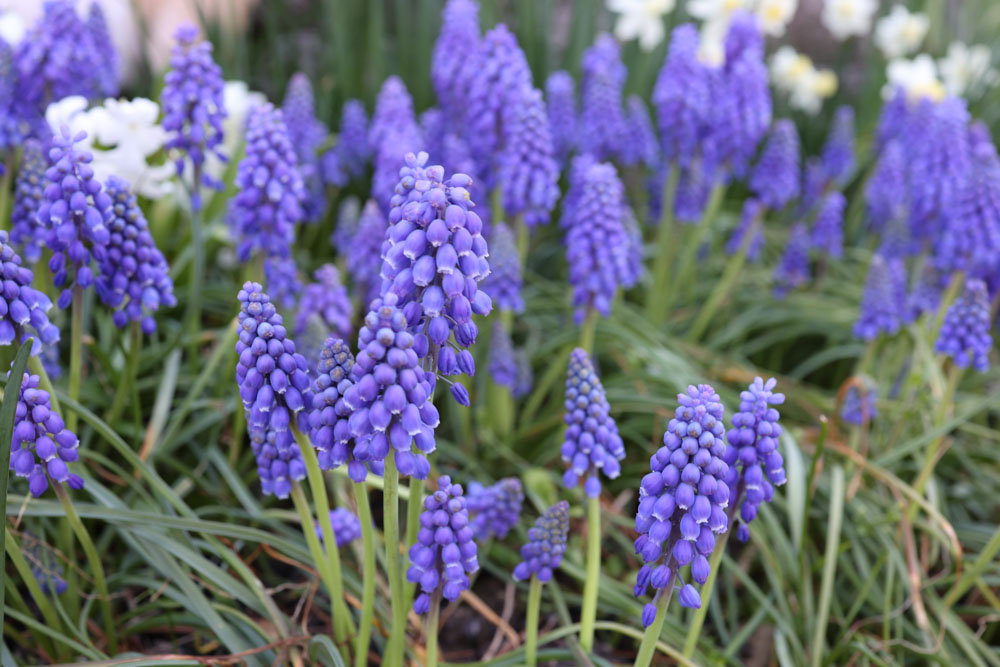
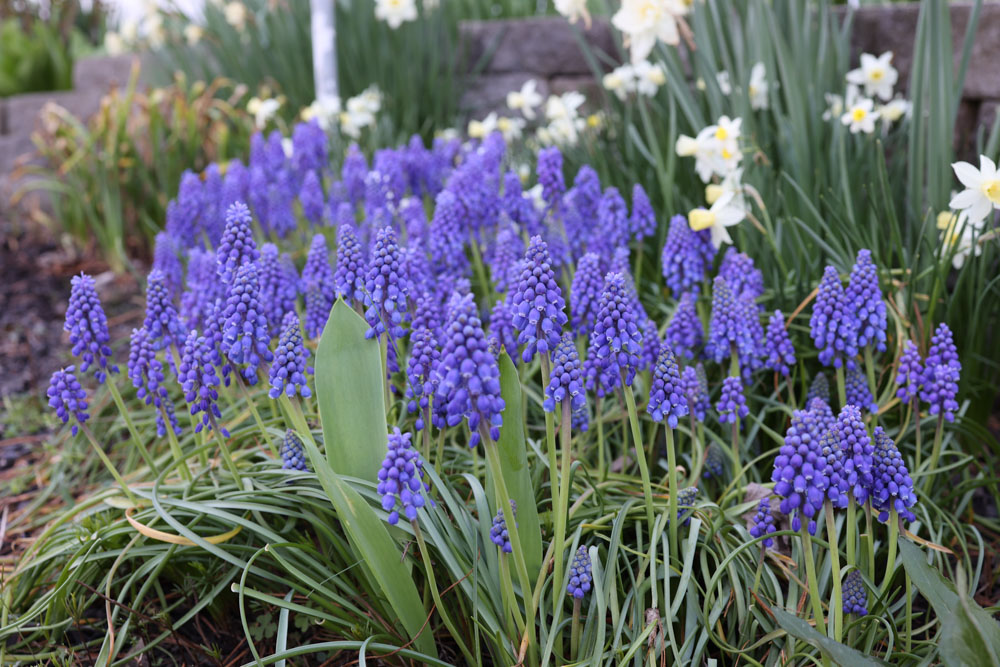
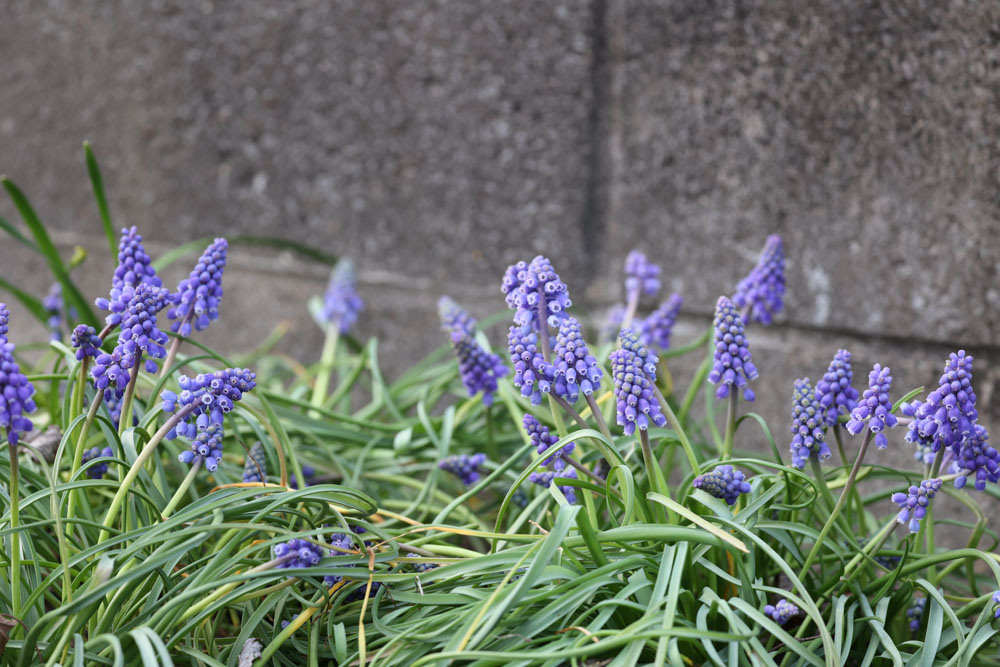
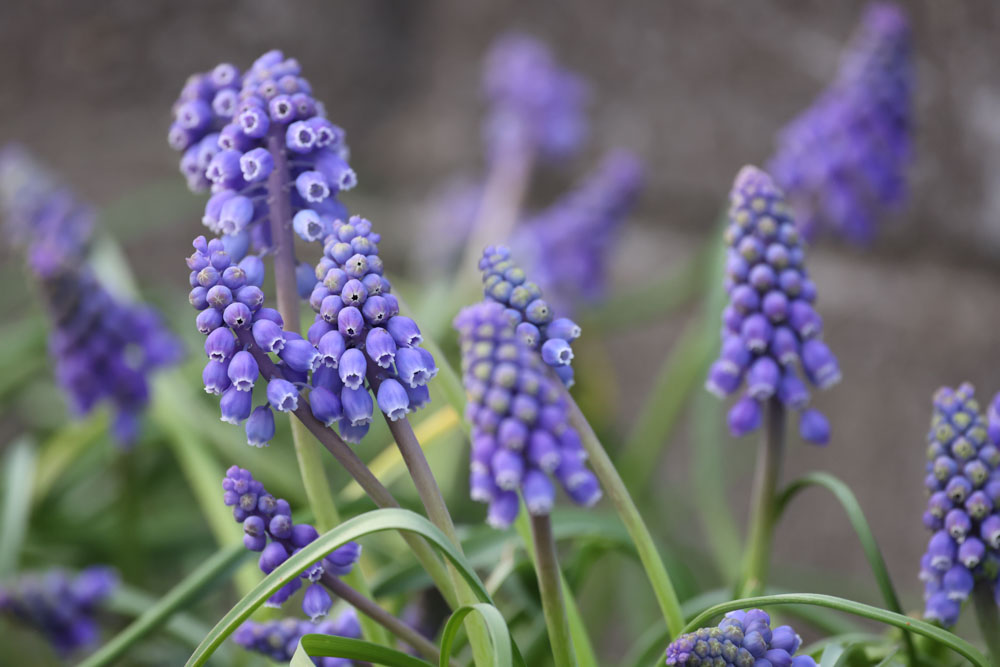
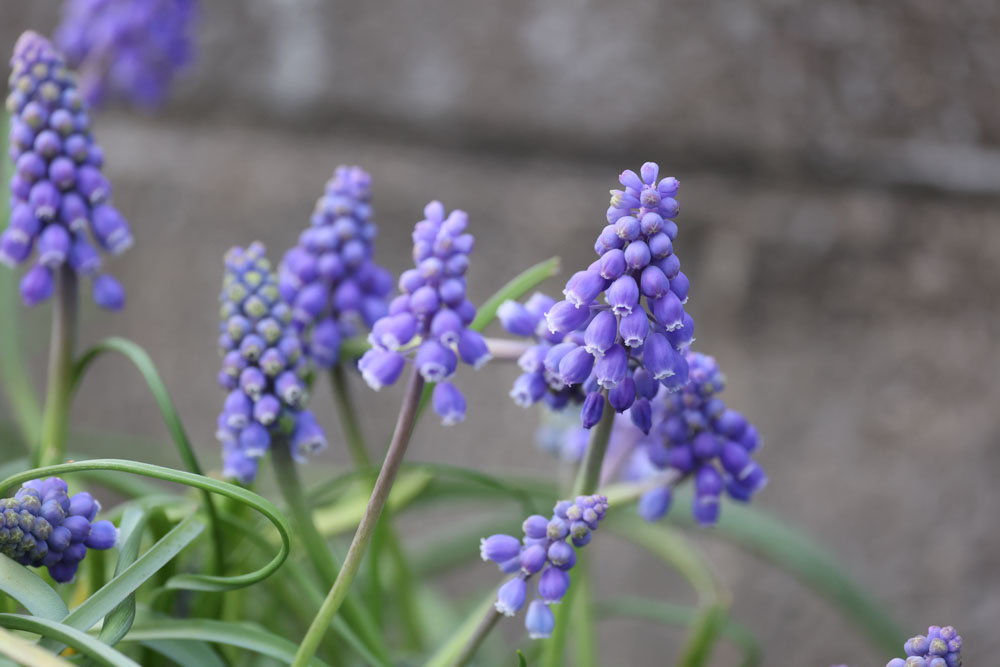
2020
